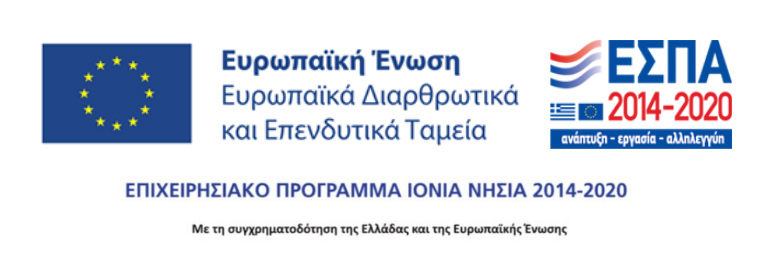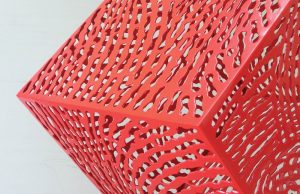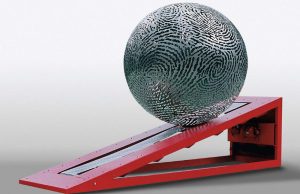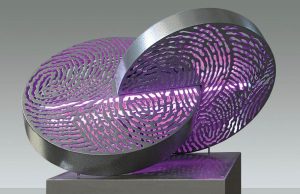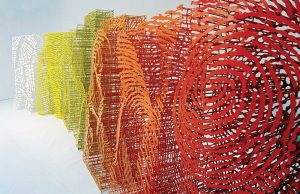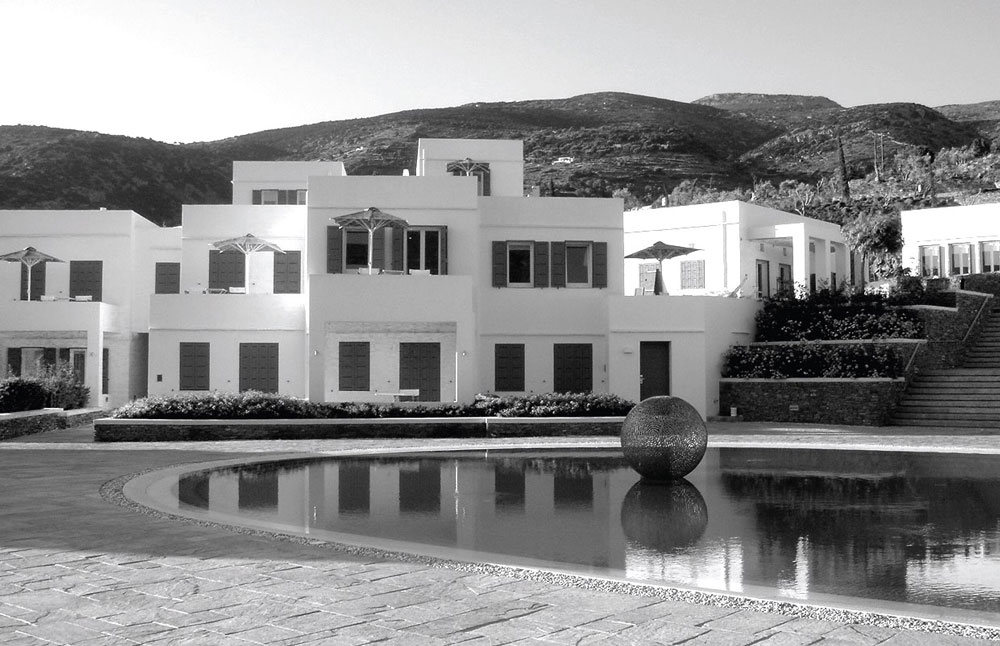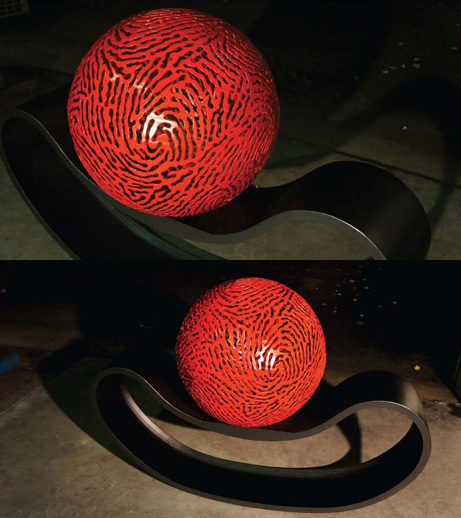ARTISTChristina Saradopoulou

Christina Sarantopoulou was born in Agrinio, in 1952.
She studied sculpture at the Athens School of Fine Arts, in D. Kalamaras studio (1971-1976) and Aesthetics in Paris (Sorbonne, 1978-1979).
She has participated in more than 30 group exhibitions in Greece and abroad.
She has received many awards, in Greece and abroad (Art and Culture Award – Rome, 1993, 1st Prize in Sculpture, Calaf Municipality of Barcelona etc.). Many of her works have been selected to decorate public spaces: “Paremvasis” (Kifissias Avenue, in Athens, 1989), “The World’s Sphere” (Paiania, 1995) and in the same year, yet another “Sphere” in Calaf Municipality of Barcelona.
The city is a bond for the diversity of men
PHAEDRUS: “[…] by dint of constructing, ‘he put it with a smile,
‘I truly believe that I have constructed myself.’
SOCRATES: To construct oneself, to know oneself –
are these two distinct acts or not?’
Paul Valery
Eupalinos, or the Architect
The fingerprint, an archetype, a symbol, a reflection of human existence, but lso a gauge, a canvas, a span with which to measure the human condition, the human scale as physical form, as body, is interwoven in my work with the urban landscape; it traces this landscape and engages in dialogue with it, though not arbitrarily. It becomes a road, a route along which repetition and movement generates diversity.
The urban landscape -not an invented landscape- is certainly founded and dependent upon the human scale. Its structure and ground plan, the pattern of its lines, is a projection, a map, an imprint of space as the realm of human relations. What I am trying to do, by erecting these two ground plans ‘before my eyes’, is to search for the nature of those relations.
Thus, the inconspicuous trace of the city come together, they associate and become one at the same time that they compete and compare and join forces to guide, to form a network, a grid, a cluster of information whose constant mobility activates communication.
Within a dense space of metaphor like the actual space of the work, the fingerprint becomes a map that charts the pulse, the dynamic identity of a literally, genuinely human city; a city that causes men in all their diversity to unite, to bond and to establish a collective identity through communication.
The image of a fingerprint is repeated on the work’s surface, always the same yet also different in size, scale, color and orientation. It is always in motion, always facing one of its reflections, thus renewing its image in an endless back-and-forth. It weaves time and is woven in time. It constructs and deconstructs its own space. It radiates and is radiated at a steady, unfailing pace. It records, depicts and reflects motion, vibration and the stillness of events, sending these reflections off into different directions.
Innumerable fragmentary images mix upon the mirror’s large surface and merge into one another with striking precision, avoiding distortion. This is the work’s invented space that simulates the rambling mental space of our lives. It is a space upon which images and emotions are projected at one and the same time; thought together with shapes; one may even make out the trapped reflection of photons from spotlights on the ceiling of the subway station.
The mechanical sound of the work’s ball-bearing blends with the sound of a human heart’s anguish; they come together in joint reverberation. There is the whisper of sweat dripping and the murmur of blood circulating, the sight of a faint smile, a look, of shoulders inadvertently brushing, of hems meeting for a fleeting moment; all are recorded and absorbed, all merge and interweave along time’s endless coming and going, all the hidden and apparent ways in which these connect. Life’s flow attempts its own visualization through a sculpture’s colored metal parts.
Christina D. Saradopoulou
Works in Public Spaces
1989 “Intervention”, Kifissias Avenue, Municipality of Athens, Greece
1993 “Cosmos”, Municipality of Peania, Attika, Greece
1995 “Monas”, Municipality of Calaf, Barcelona, Spain
1998 “Communication Transmission”, Municipality of Lipsi, Dodecanese, Greece
2000 “Links”, Greek Embassy, Hague, Netherlands
2000 “Family”, Irodion Hotel, Athens, Greece
2003 “Step”, Vas. Sofias Avenue, Kolonaki Business Center, Athens, Greece
2003 “Cosmos”, Elies Hotel, Sifnos, Greece
2004 Trilogy of Argonautic Expedition, “Athena, The Argonauts, The Argo, “ Installation, Port of Volos, Municipality of Volos, Olympic City, Greece
2008 “The city unites the diversity of people”, Ag. Ioannis Metro Station, Athens, Greece
2010 “Original Pair”, Installation, D. Kopelouzos Museum, Athens, Greece
Awards
1985 Award “National Resistance Monument” by the Municipality of Korydallos, Athens
1985 Award “Nationale Premio Arte e Sport”, Rome, Italy
1993 Award “Art and Culture”, Region of Rome, 1993, Rome, Italy
1995 1st Sculpture Award, International Fine Arts Competition in Barcelona, Municipality of Calaf, Barcelona, Spain
1998 Second Prize in the contest for monumental sculpture from the Ministry of Culture and Education, Nicosia, Cyprus
1999 Honorary award of sculpture from the Euro- American women’s council
2003 Award in the competition of ATTIKO METRO for five projects
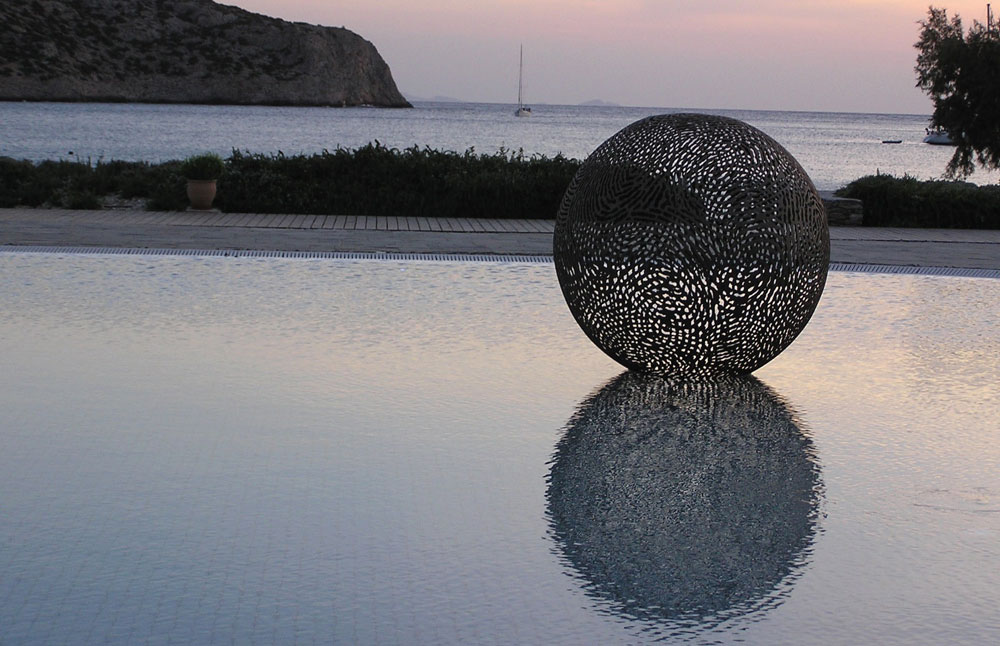
In the work of artist Christina Saradopoulou the sculptural process and act of sculpture seem to be a way of organizing structures, constitutive rules of motion and balance, flow and stillness, dispersal and concentration…, all evoking the cryptic yet suggestive intelligibility of cosmic rhythms.
Visual narratives that appear to be the imprints/traces of a hand digging deep into personal and collective identities; an attempt to explore the workings of the universe, perhaps to probe the ineffable core of the Cosmos itself.
Her works present a set of eloquent though abstract, stripped-down aesthetic proposals, where landscapes are a vibrant, dynamic organism to be charted, amorphous, immaterial, constantly changing – proposals that serve to articulate a new ethical framework for human toil and its evolution.
The artist seems to be taking on the role of an inner instructor under whose guidance we may attain those insights promised by the mental age of the creative act, or perhaps even to be indirectly embracing the phenomenon of life, admitting the need for an instruction manual to go with it as it were, to help celebrate it.
The x, fluctuating in the word according to our discretion, is the unknown x of our branded identity chosen by Christina Saradopoulou in order to exhibit her diversity within the unit, in which our self seems to be another self. x is also nexus, wire plexus, letter and circumscription either prohibiting the access or disclosing the exit from the subjugated sanctum of art. Then, the trace – the stamp, the imprint, the unit – leaves its mark and calls for corporeal contact, a cross entanglement of bodies, changing at the same time into a “Keep aloof” sing. Another dual pledge of the art: when you touch me you don’t touch me, when you draw your depict, you are stabbed on my skin, you erase me and at the same time you are deleted, sketching your contrariness with indelible ink, elsewhere. In the unit of Christina Saradopoulou I discern a netting, a wire tissue, a hymen, with dual functions: it conceals and at the same time reveals, coincides and differentiates, but always functioning as a limit to the unspecified, a stance of an orientation adjudicating on nothing, thought dictating:
whoever with wire his life wants to shield he can neither conserve it, not charge it.
The imprint of my illegibly signed text which introduces, as is usual, the artist, compels to an exit.
That’s my text, sharp as wire, indent to the element that Christina Saradopoulou uses in order to protect herself, shouldn’t be read but coiled around her work, thus hedging the camp in which the artist holds her soul in captivity.
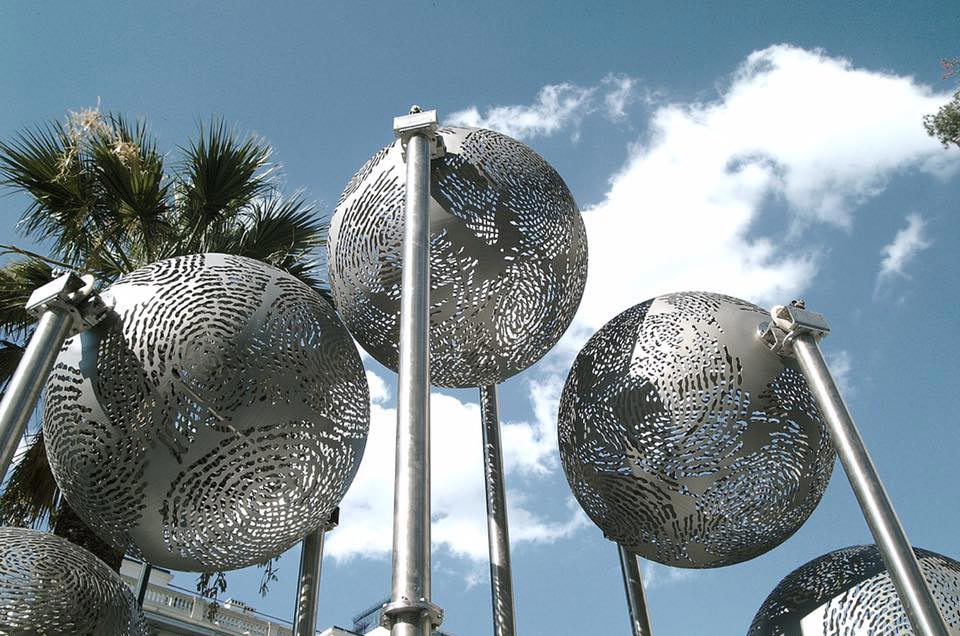
Saradopoulou creates sculptural ‘landscapes’, site-specific works and installations whose form emerges as an elaboration of the pattern of the human fingerprint and the proportions of the human body.
Metal mesh, punctured mass that is transparent, at times colored, at others mobile, often monumental in scale, are the components of installations or environments that epitomize the contemporary perception of art in public space.
SARADO’s sculptures combine narrative and abstraction, since sculptural form in her work is based on the chaotic and labyrinthine pattern of the fingerprint that has been a constant source of inspiration through her sculptural investigations.
Her particular choice of symbol, which ultimately determines the form and content of her sculpture, goes back to a preoccupation with existential philosophy, as well as with the implications for man of research carried out in the field of contemporary physics.
Thus, her sculptures become portraits, forms reminiscent of the human body, worlds in themselves, geometric compositions freighted with the imprint of countless human hands. They tell stories of relationships and recount existential concerns, thoughts about the individual, the part and the whole. They mold the mass of individual existence into the shape of collectivity.
Saradopoulou’s sculptures reveal the diversity of the collective, today a universal demand across human societies everywhere. They make us think about individuality in ways that may promote communication amongst the peoples of the world, strengthening within us the respect for difference.
